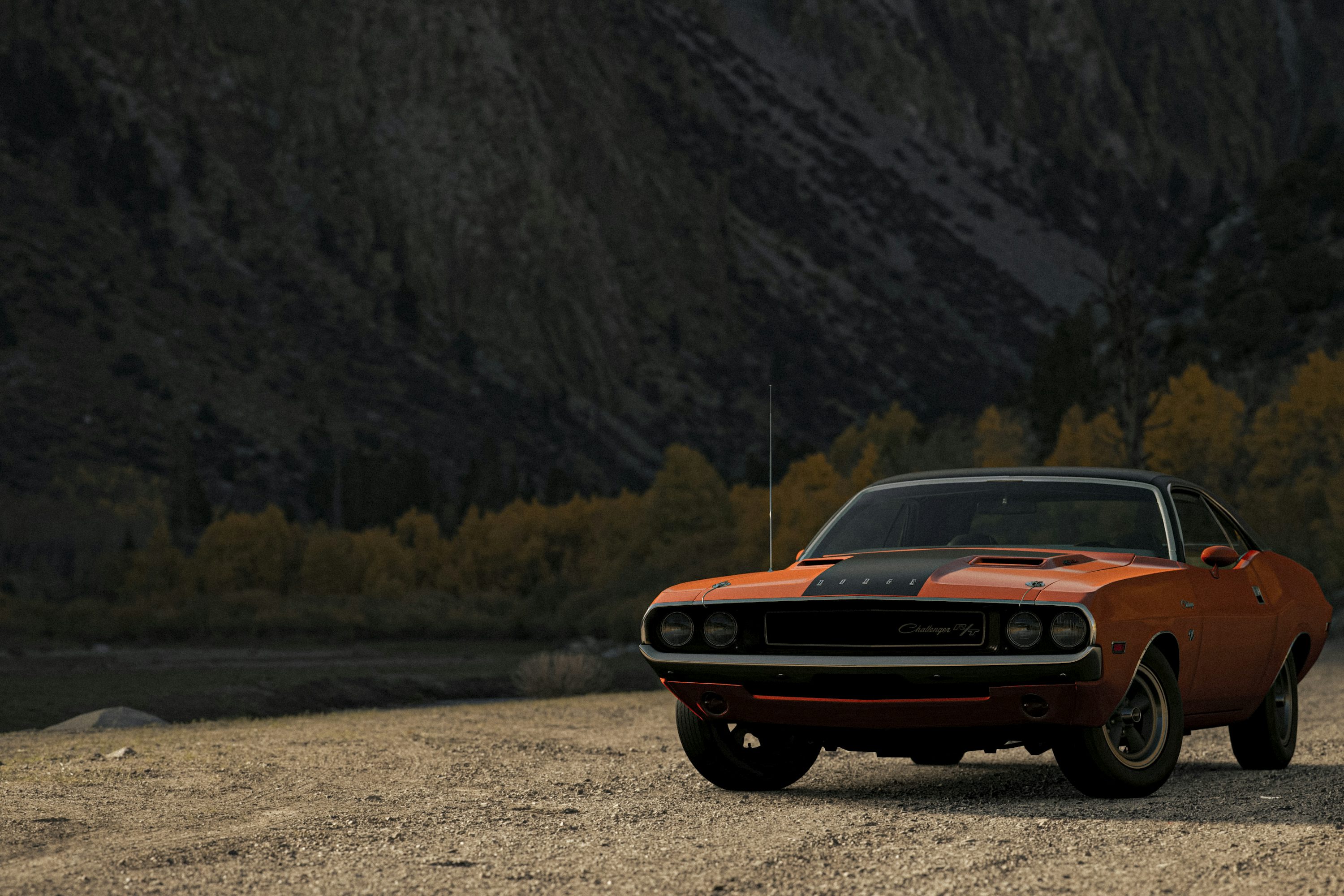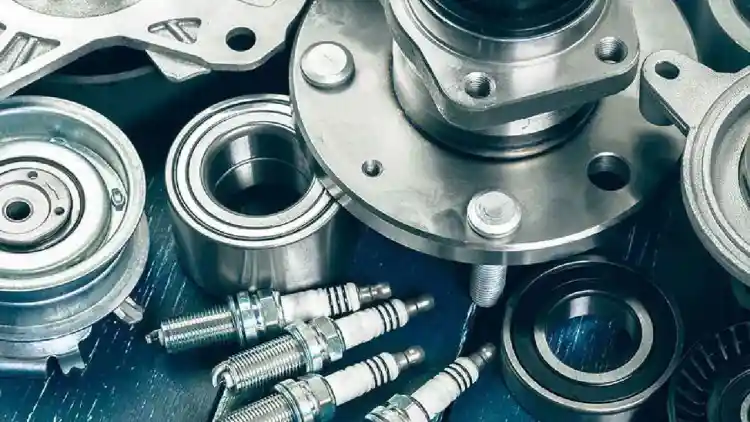- What is a Vintage Car?
- The Fascinating History of Vintage Cars
- Why Vintage Cars Are So Popular
- How to Buy and Care for a Vintage Car
- FAQ
A vintage car is more than just an old car; it’s a piece of history, a work of art, and often a labor of love. In this guide, we explore everything you need to know about vintage cars, from their defining features to tips for owning and maintaining one. Whether you're a curious enthusiast or looking to buy your very first vintage car, we’ve got you covered.
What is a Vintage Car?
Vintage cars have a special charm. They are some of the most treasured vehicles by collectors due to their craftsmanship, design, and the historical stories they carry. But what truly makes a car “vintage”?
Defining a Vintage Car
While the term “vintage car” might seem straightforward, its definition varies depending on who you ask. Generally, vintage cars refer to vehicles manufactured between the years 1920 and 1970. These represent early advancements in automotive technology and often feature hand-crafted details, such as wooden frames, brass fixtures, and unique stylings. Compared to modern cars, vintage models lack many of today’s conveniences but make up for it with undeniable character.
Vintage Car vs. Classic Car
It’s common for people to confuse vintage cars and classic cars. While both have historical significance and attract enthusiasts, they represent different eras. Here’s how they compare:
Vintage Cars: Generally manufactured between 1920 and 1970; known for intricate designs and nostalgic value. Examples include the 1927 FordUAE FordKSA FordKuwait FordQatar FordOman FordBahrain FordEgypt Ford Model A and the 1955 ChevroletUAE ChevroletKSA ChevroletKuwait ChevroletQatar ChevroletOman ChevroletBahrain ChevroletEgypt Chevrolet Bel Air.
Classic Cars: These are slightly newer, often defined as vehicles at least 20-40 years old. The 1981 DeLorean and 1990 Mazda Miata fall into this category.
By understanding this distinction, you can identify vintage cars more accurately and deepen your appreciation for their uniqueness.
The Fascinating History of Vintage Cars
The journey of vintage cars mirrors the evolution of the automobile industry. From their beginnings as utilitarian machines to the artistic symbols of status and wealth, vintage cars have seen it all.
Origins and Evolution
The era of vintage cars truly took off in the early 1900s. Brands like Ford, Chevrolet, and Buick played significant roles in making automobiles accessible to the public. Henry Ford’s Model T, introduced in 1908, revolutionized car production with assembly lines, making cars more affordable and paving the way for future innovations. Later models from the 1930s and 1940s introduced features like streamlined designs, chrome finishes, and powerful engines. As the years progressed, these vehicles became not just a means of transportation but a symbol of freedom, creativity, and craftsmanship.
Popular Vintage Car Models
Some vintage car models have earned legendary status due to their popularity, design, and influence. Here’s a look at a few standout models:
Ford Model A (1927): Known for its reliable mechanics and appealing options, this car represented affordable transportation for the masses.
Volkswagen BeetleUAE Volkswagen BeetleBahrain Volkswagen BeetleKSA Volkswagen BeetleQatar Volkswagen BeetleKuwait Volkswagen BeetleOman Volkswagen Beetle (1950s): Compact yet innovative, the Beetle became one of the best-selling cars of all time, capturing hearts worldwide with its affordability and charm.
Chevrolet CorvetteUAE Chevrolet CorvetteBahrain Chevrolet CorvetteKSA Chevrolet CorvetteOman Chevrolet CorvetteQatar Chevrolet CorvetteKuwait Chevrolet CorvetteEgypt Chevrolet Corvette C1 (1953): America’s first sports car brought stunning curves and a high-performance engine, setting the standard for sporty vehicles.
These vintage cars showcase how far automotive design has come while reminding us of the timeless beauty of classic vehicles.
Why Vintage Cars Are So Popular
Owning a vintage car is like owning a part of history. Here are some reasons why so many individuals are drawn to these stunning vehicles.
Nostalgic Charm and Style
Vintage cars transport us back in time. Their curves, unique finishes, and even the occasional quirks make them stand out from the cookie-cutter designs of many modern cars. For many car collectors, owning a vintage car is about more than driving—it’s about preserving history and creating experiences. From leisurely weekend drives to showing off at a vintage car rally, these cars continue to bring smiles.
Investment Value and Collecting
Beyond nostalgia, vintage cars can also be a financial investment. Rare models in excellent condition often increase in value over time. Collectors see them as alternative assets, but keep in mind that their worth depends on factors like condition, service history, and rarity. While there’s potential for profit, one should approach vintage car collecting with a lot of research and a genuine passion for these classic vehicles.
How to Buy and Care for a Vintage Car
Buying and maintaining a vintage car can seem daunting, but with the right approach, it can be an exciting and fulfilling experience.
Where to Start Your Search
Finding the vintage car of your dreams can take time, but here’s where to begin:
Online Listings: Renowned platforms for car enthusiasts often list various models. Examples include Bring A Trailer and Hemmings.
Classic Car Shows: Visiting local car shows gives you an opportunity to see the vehicles in person and meet sellers.
Auctions: Many vintage cars are sold at auctions, where you might find a hidden gem.
Car Clubs: Joining vintage car collector clubs can help you network and find trusted sellers.
Inspecting and Choosing Carefully
When purchasing a vintage car:
Research the Model’s History: Learn about its production years, common issues, and market value.
Inspect Thoroughly: Check for rust, original parts, and any previous repairs. Even small mechanical issues can become costly.
Test Drive: Feel the car’s performance and check for unusual noises, vibrations, or handling problems.
Simple Maintenance for Long Life
Owning a vintage car involves regular care to keep it in top shape. Basic maintenance tips include:
Oil and Fluids: Change engine oil regularly and monitor other fluids like brake and transmission fluids.
Protect the Paint: Wash and polish your car gently, ensuring it shines like new.
Proper Storage: Always store your vintage car in a secure, dry place to prevent weather damage or rust.
FAQ
Q: What makes a car "vintage"?
A: A vintage car typically refers to vehicles made between the 1920s and early 1970s. These cars are cherished for their unique designs, handcrafted details, and historical significance.
Q: Are vintage cars a good investment?
A: Yes, vintage cars are collectible assets and can gain value over time. However, factors like maintenance costs and market demand should be considered carefully before investing.
Q: How do I restore a vintage car?
A: Start by consulting experts or joining a vintage car club. Break the process into stages like bodywork, engine repair, and upholstery. Always source quality replacement parts for proper restoration.
Q: Do vintage cars require special insurance?
A: Vintage cars often need special classic car insurance policies tailored to cover their value and limited use, ensuring comprehensive protection during transportation and storage.
Q: Can vintage cars be used daily?
A: While technically possible, using a vintage car daily is not recommended. Their older designs lack modern safety features and frequent use can accelerate wear and tear.
Read More:
Car Compare:Your Friendly Guide to Choosing the Best Vehicle
Toyota Corolla Cross:What You Need to Know Before Buying
Toyota bZ4X:Your Essential Guide to the Popular Electric SUV












